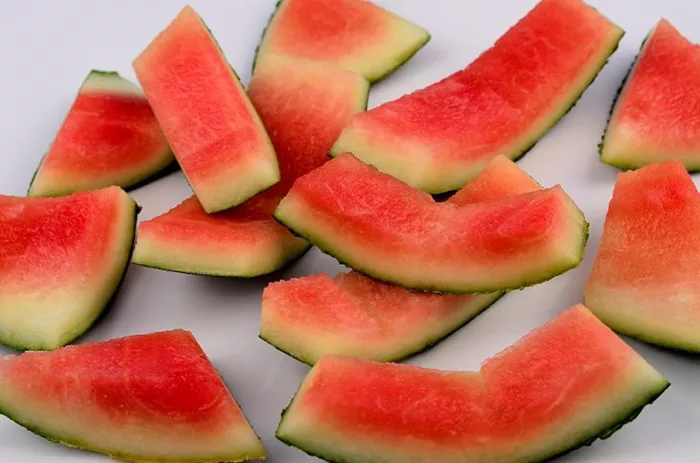While the sweet red flesh of watermelon is a summer favorite, many people discard the white layer surrounding it, missing out on its numerous health benefits. As temperatures soar, watermelons become increasingly popular due to their high water content (90%) and rich nutritional profile, which includes vitamins, fiber, potassium, and other minerals. Watermelon helps prevent dehydration, heat stroke, and other heat-related illnesses while boosting immunity. However, the often-overlooked white rind is also packed with nutrients, including a unique compound called citrulline.
The Nutritional Value of Watermelon Rind
Eating watermelon during the hot summer months provides a substantial dose of antioxidants, vitamins, minerals, and micronutrients. The white layer beneath the green skin, though less flavorful, is a nutritional treasure trove. Nutritionist Ryan Carter, in a recent Instagram post, emphasized the importance of not discarding this part of the fruit. “The next time you eat a watermelon, don’t make this mistake. That’s just eating the center and disregarding the white pith around the outside,” Carter advises.
Citrulline and Its Benefits
Watermelon rind is rich in citrulline, an amino acid crucial for producing arginine, which supports the nitric oxide system. Nitric oxide is essential for improving blood flow and building muscle. Arginine, derived from citrulline, plays significant roles in metabolism, protein synthesis, and the production of biologically important molecules such as nitric oxide, ornithine, polyamines, agmatine, proline, glutamate, creatine, dimethylarginine, and urea.
According to Carter, citrulline is more effective than arginine supplements, particularly in the context of high-intensity training and fat loss. “Citrulline has been shown to be superior to arginine even when combined with high-intensity training in obese individuals. It leads to more fat loss and improvements in strength gains,” he explains. Therefore, incorporating the white part of watermelon into your diet can significantly enhance your nutritional intake.
Additional Benefits of Watermelon Rind
Vitamins and Minerals: The white part is high in vitamin A, vitamin C, potassium, and magnesium.
Antioxidants: It contains higher concentrations of certain antioxidants, minerals, vitamins, and active ingredients compared to the red flesh.
Fiber: The rind is high in fiber, aiding digestion and helping to control blood sugar and cholesterol levels.
Nutrient-Rich: Watermelon rind is also rich in chlorophyll, citrulline, lycopene, amino acids, flavonoids, and phenolic compounds.
Incorporating watermelon rind into your diet can be as simple as adding it to smoothies, salads, or pickling it for a crunchy snack. By consuming the entire fruit, you can maximize the health benefits and enjoy a nutritious, refreshing treat all summer long.
































